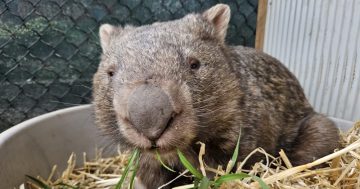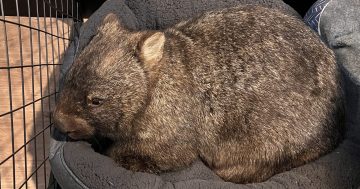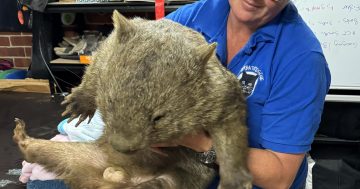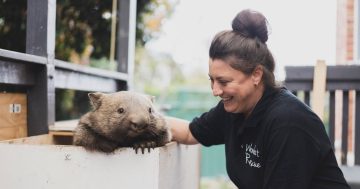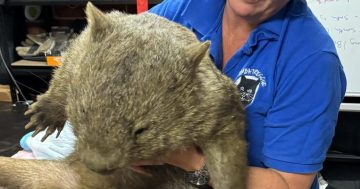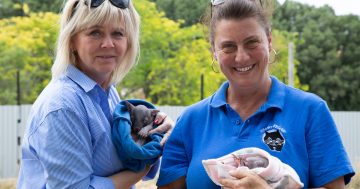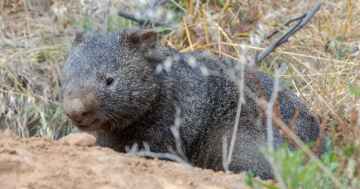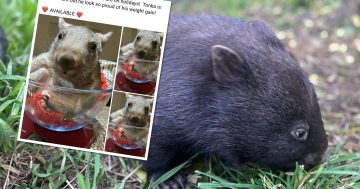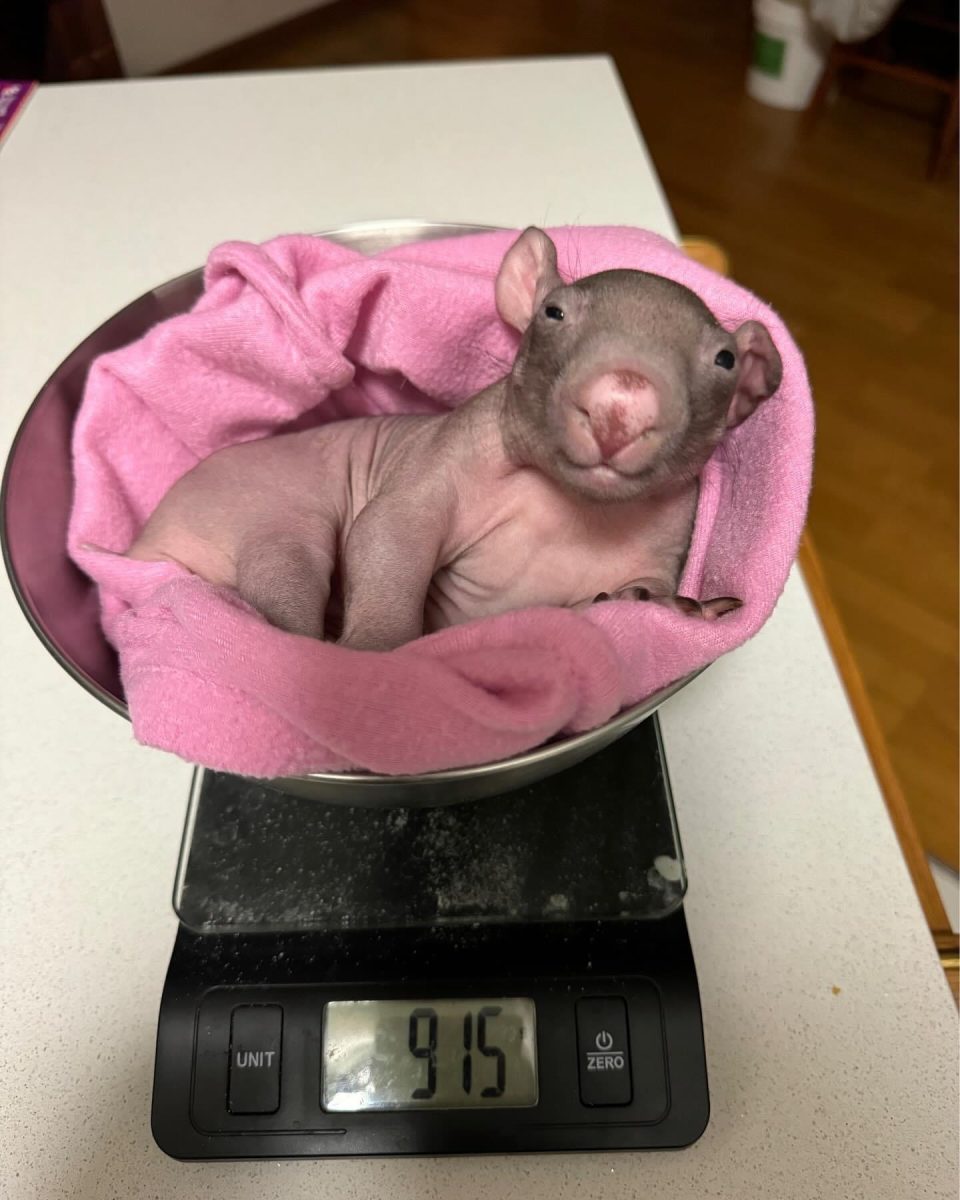
A tiny orphan wombat under Yolandi Vermaak’s care at ACT Wombat Rescue. More volunteers are needed to care for the threatened native animals. Photo: Yolandi Vermaak.
Orphaned or injured wombats in the Capital Region face likely death unless more people become qualified carers for the native animals.
The situation is dire, according to Yolandi Vermaak from ACT Wombat Rescue, who said the “heart-breaking reality” was that if there were not enough carers to pass the injured wombats on to, they would have to be euthanased, “and that is just wrong”.
“Being a wombat carer is the most fulfilling thing I have ever done and I will never stop,” she said.
“It can be challenging, exhausting sometimes and costly, but it can be incredibly rewarding when you raise a tiny wombat, look into their soulful eyes and know you saved a life.”
To help save more wombat lives, Ms Vermaak has organised a one-day course designed for potential wombat carers to show what is involved in looking after the animals, from feeding to rescues.
The need for more qualified carers is urgent, according to Ms Vermaak.
“What we are looking for are people who have the time to spend with them when they’re little, do bottle feedings and play with them as they need that one-on-one attention as babies,” she said.
“We need people who are willing to have wombats in their care for between 12 and 24 months, depending on how small they are when they come in – a small pinkie, for example, will be in care for two years.”
Potential carers need space in their backyard to build an enclosure for when the animal gets bigger and needs to live outside so the process of returning them to the wild can begin.
Ms Vermaak said the one-day course at the Bungendore Public School on Sunday, 25 February, will cover everything prospective wombat carers need to know. It includes how to rescue animals and what equipment is required, assessing the health of the wombat, feeding, care, likely illnesses and general problems.
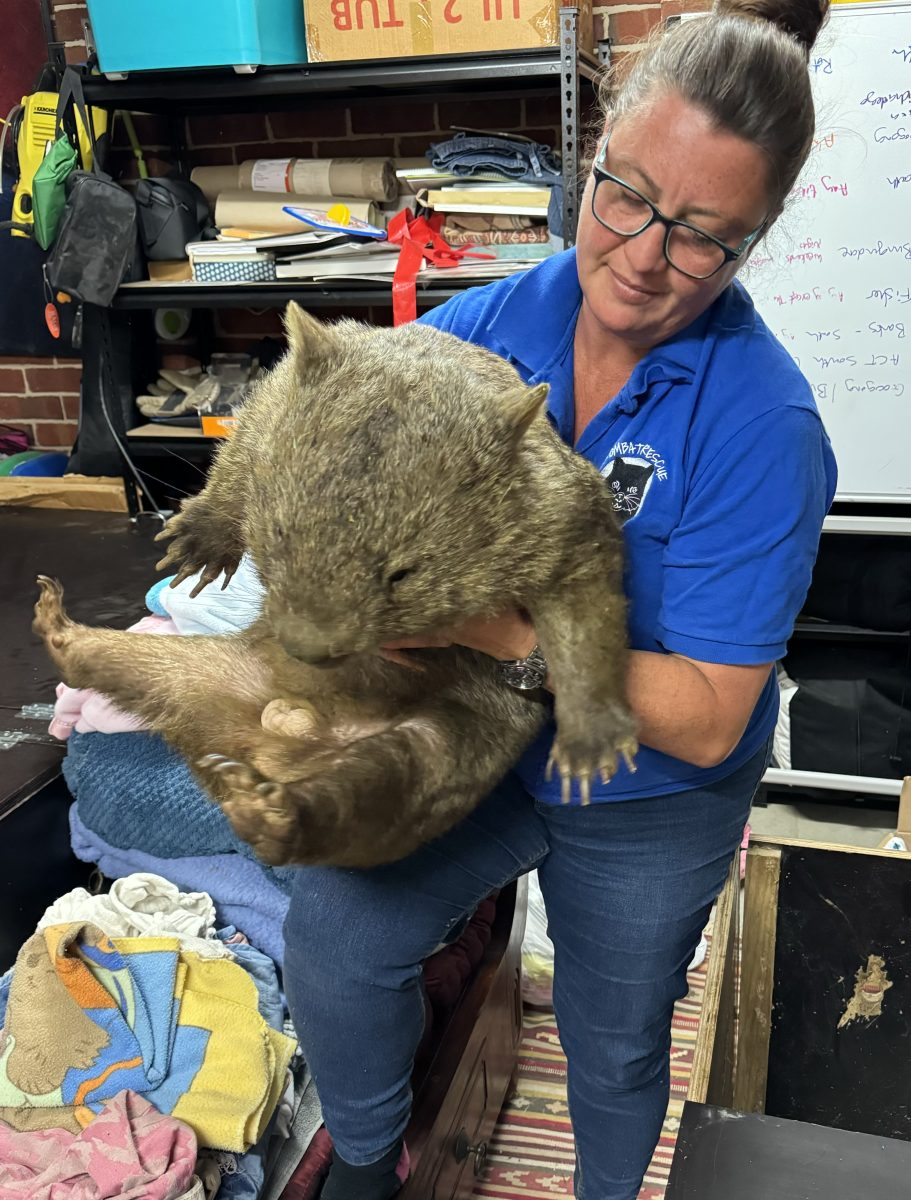
Yolandi Vermaak with ‘Ian Thorpe’, the wombat she cared for after he fell into a Gungahlin pond last year. He has since been released and is “doing well”. Photo: Supplied.
“Being a wildlife carer is the most selfless act of kindness and love you can give,” she said. “I do encourage anyone who feels this is the right time for them to become a carer to decide if this course is for you.”
She said the hands-on course “could be the start of a very fulfilling wildlife journey”.
The course has been jointly organised by NARG (Native Animal Rescue Group) and will be presented by Bill and Les Waterhouse.
To be a wildlife carer in the ACT and NSW, you must be affiliated with a licensed wildlife group in your area. The Bungendore course is designed for new carers in the Capital Region (Canberra and NSW) to add more carers to Wombat Rescue (ACT), NARG (Braidwood) and Wildcare (Queanbeyan).
More information about the course is available here
UPDATE: Ian Thorpe, the wombat who was rescued late last year after falling into a Coombes pond, has been released from ACT Wombat Rescue care and is now fending for himself. He was saved when Gungahlin local Diana Perriman paddled out to him in her kayak and helped bring him ashore.
Ms Vermaak said Ian Thorpe was released just before Christmas and was spotted a few days later near his release burrow.
“He is doing well and is still in the area,” she said.












